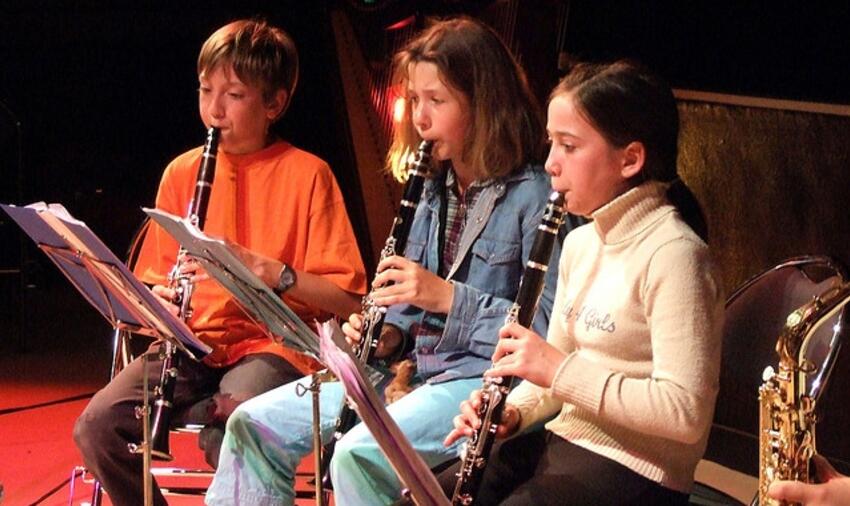Cohort Effects, Higher Education and Cultural Participation in France and in the U.S.
Cohort Effects, Higher Education and Cultural Participation in France and in the U.S.

 Concert à l'école de musique de Jouy-en-Josas (Photo Christophe Alary. CC BY-ND)
Concert à l'école de musique de Jouy-en-Josas (Photo Christophe Alary. CC BY-ND)
Séminaire scientifique de l'Observatoire Sociologique du Changement 2015-2016
Vendredi18 septembre 2015, 11h30 - 13h
Salle Annick Percheron 98, rue de l'Université 75007 Paris
(entrée libre)
Philippe Coulangeon présente une étude menée avec Angèle Christin (The New School for Social Research, New York) et Olivier Donnat (DEPS - Ministère de la Culture et de la Communication)
The French and the Americans are often presented as having opposite patterns of cultural participation, yet no analysis has systematically compared the evolutions of cultural participation in the two countries over time. In this presentation, we propose a statistical exploration of two nationally representative cross-sectional data sets: the four waves of the Survey of Public Participation in the Arts in the United States (1982, 1992, 2002, 2008) and the Enquête sur les Pratiques Culturelles des Français (1981, 1988, 1997, 2008).
In France as in the US, cultural participation is highly stratified by class and education, although the prevalence of highbrow culture practices is expected to be higher among the French graduates than among their American counterparts. France and the US also differ in the set of cultural references taught at school: more diverse and heterogeneous in the American context, more closely related to a clearly defined classical canon in France.
We argue that in both countries the relationship between cultural practices and social stratification has changed over time and across generations. Combined with an increasing complexity of cultural and media production, the rise of “omnivorousness”, which is more pronounced in the US than in France, challenges in both countries the definition of cultural legitimacy.
Using hierarchical age-period-cohort (HAPC) regression models, we show a relative stability of cultural participation across cohorts in the U.S. by comparison with France. In addition, we document in France a decline in the positive impact of education on cultural participation among the latest cohorts, a finding that makes sense given the later massification of higher education in France compared to the United States. Finally, French still display higher involvement in highbrow cultural activities, but as time goes on the differences between the two countries tend to diminish.
We conclude that the remaining differences between France and the U.S. probably reflect the time lag between the two countries regarding the development of higher education and the increasing dominance of mass culture. In France, differences in cultural practices across generations reflect ongoing changes in the field of education and in the field of culture. In the U.S., the relative absence of such differences across generations indicates that the same process is now largely over.









